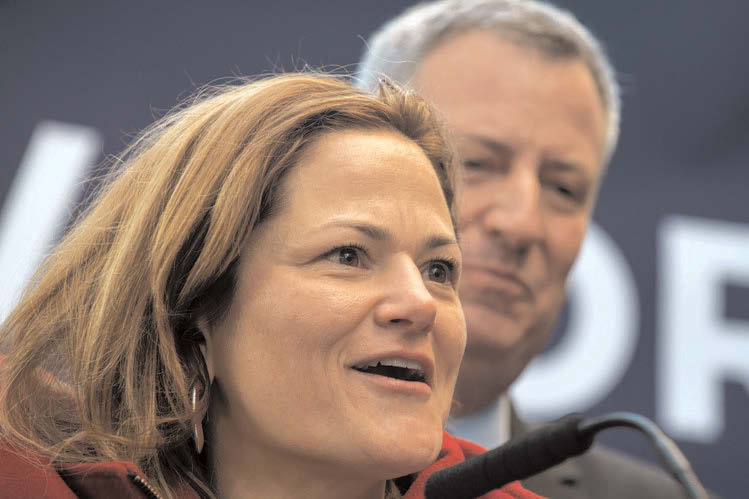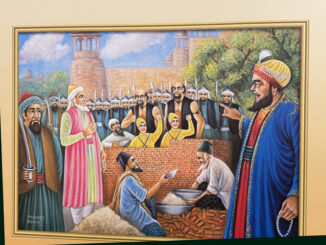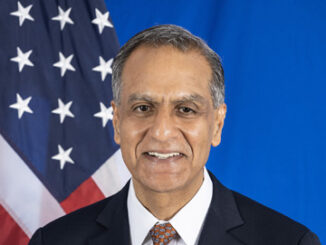
Every day, readers like you get their news from publications like this one. You are among the millions of New Yorkers who turn to ethnic or local news sources for information in languages other than English and for reports about what’s happening in your neighborhood, or in the homelands to which you’re still connected.
In my own district, I join many Latino and Chinese constituents in a daily routine of checking for news from community media. In fact, media that target specific communities now reach 45% of New Yorkers – that’s over 3.8 million people. With this enormous reach, government must take steps to connect better with these publications and outlets.
To this end, I announced with Mayor Bill de Blasio the launch of New York City’s first directory of community media. This searchable database, which my office helped assemble, tracks more than 200 outlets, allowing communications and other government liaisons to easily identify and engage these media. This, in turn, keeps you aware of important news, services and opportunities.
The directory will also help ensure that city ad campaigns are targeted broadly. I heard this concern from community media publishers and editors when I convened them last year, and I am proud to have strongly advocated for this outcome.
For me, this work is a matter of equity. For too long, contact with community media was treated as an after-thought. No more. Engagement of the media that serve our diverse constituencies, including immigrants and people of color, and that offer neighborhood news, has to become a citywide standard, an indispensable part of our planning process – all the time.
This is why I created a new position at the New York City Council – Director of Media Diversity Relations – and brought in an expert in community media. Outreach must stretch far beyond distributing a press release in different languages. It means truly understanding and addressing the challenges faced by these media – many of which operate on shoestring budgets and represent historically marginalized people – when trying to access information from elected officials and city agencies.
This requires a strategy for equitable media access. We put a proactive approach into action for the last State of the City Address, which lays out a policy agenda for New Yorkers. Our outreach included direct calls to community media editors, the integration of Spanish and Chinese-language interpreters and translated content across online platforms.Understanding that journalists at ethnic papers often wear multiple hats, placing great demand on their time, I conducted a conference call with 10 journalists representing diverse communities to allow space and time for targeted questions. This generated coverage in Chinese, Latino, Mexican, Pakistani, Nepalese, and Korean media, as well as in key aggregators such as Voices of NY and New America Media. We continue to build on this inclusive, multilingual and multiplatform engagement.
For the Participatory Budget (PB) process, we created a guide for Council Members’ communications staff on engaging community media. It includes up-to-date media contacts, helpful strategies on how to strengthen outreach, and pointers to keep in mind when messaging. This work increased awareness of this grassroots process that encourages New Yorkers to decide how to use public funds to improve neighborhoods, and reached Filipino, Polish, Mexican, Russian, Bangladeshi, Latino and Chinese readers. PB 2015 participation tripled to over 51,000 New Yorkers, with 20% of votes cast in languages other than English.
Our next steps include facilitating more direct learning exchanges between communications staff and editors at community media publications; providing clear information for reporters new to covering the Council; and developing a better practices guide to which long-term and incoming Council personnel can refer and that promotes consistency in work.
When I pick up a Spanish-language publication, walk through my district, or scan my Twitter feed, I am reminded of how so many different people play a role in sharing information. We are connected. But now we are poised to bring many more New Yorkers into the conversation and this will translate into a better city.





Be the first to comment